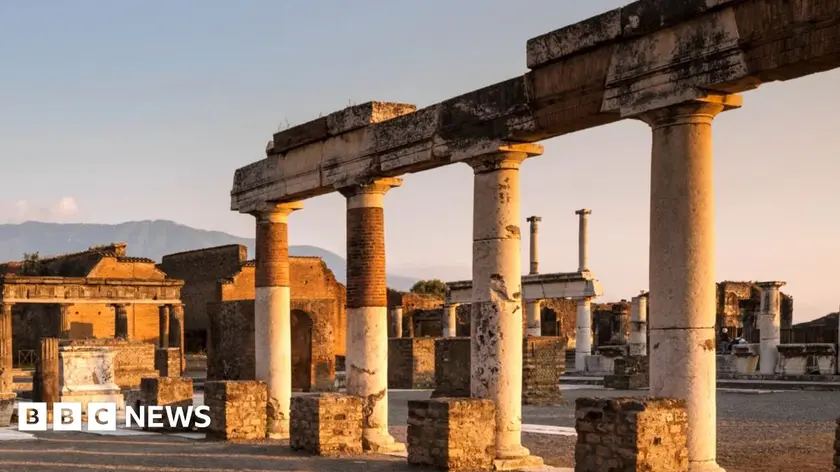T4K3.news
New archaeological findings in Pompeii reveal past resilience
Evidence suggests survivors returned to live in Pompeii after the eruption, creating informal settlements.
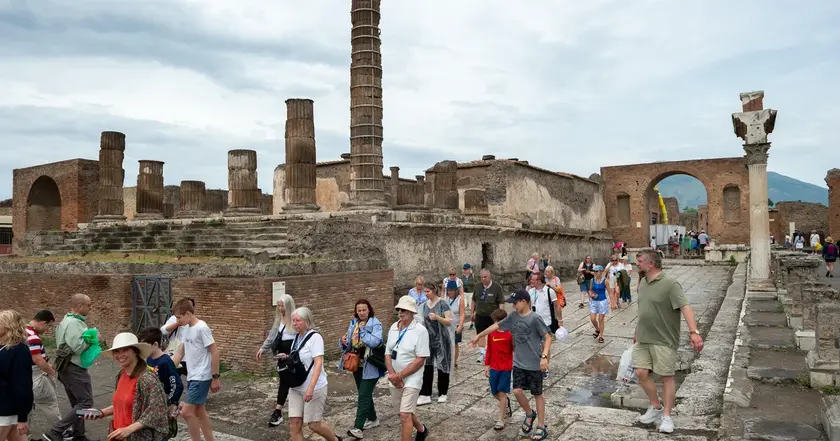
Recent archaeological findings indicate that survivors returned to Pompeii after its destruction by Vesuvius.
New insights reveal life in post-eruption Pompeii
Archaeologists announced new discoveries that suggest some survivors of the 79 AD Mount Vesuvius eruption returned to live in Pompeii. Despite its devastation, these individuals sought refuge in the ruins, along with others searching for valuable items. The evidence shows a disorganized settlement where residents lived in poor conditions without the amenities typical of ancient Roman life. Ground floors of destroyed homes were often converted into cellars, while some activity resumed on upper floors. Gabriel Zuchtriegel, the site director, emphasized that these findings paint a picture of a vulnerable community living amidst the remnants of a once-thriving city.
Key Takeaways
"Judging by the archaeological data, it must have been an informal settlement where people lived in precarious conditions."
This quote from Gabriel Zuchtriegel underscores the disorganized living conditions faced by the returnees.
"Post-79 Pompeii reemerges as a precarious and grey agglomeration, a kind of camp, a favela among the ruins."
Zuchtriegel illustrates the dramatic shift from a vibrant city to a desperate settlement.
This revelation sheds light on human resilience and adaptation in the face of disaster. The return of survivors indicates a strong desire to rebuild lives, even in ruins. Such informal settlements challenge our historical narratives about Pompeii, often dominated by the catastrophic eruption. The transition from a vibrant city to a makeshift community reflects broader socio-economic issues, as many could not afford to relocate, showcasing the perseverance of the human spirit.
Highlights
- Survivors showcased resilience amidst the ruins of Pompeii.
- Life returned, albeit in precarious conditions, after the eruption.
- Pompeii's past now includes stories of survival and resilience.
- These findings challenge our understanding of what life meant in post-eruption Pompeii.
Potential public reaction to archaeological findings
The discoveries about the reoccupation of Pompeii could lead to controversies regarding historical narratives and the significance of preserving sites. How this impacts tourism and public sentiment remains a concern.
These discoveries may reshape our understanding of life in ancient Pompeii.
Enjoyed this? Let your friends know!
Related News
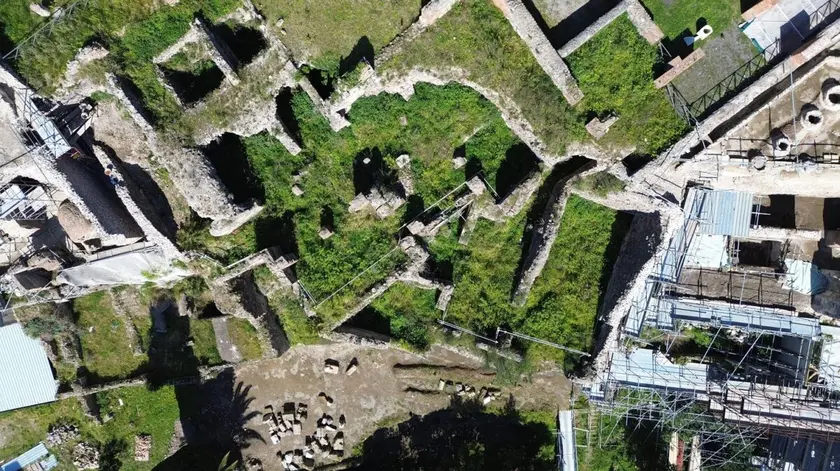
Pompeii finds reveal long post eruption life
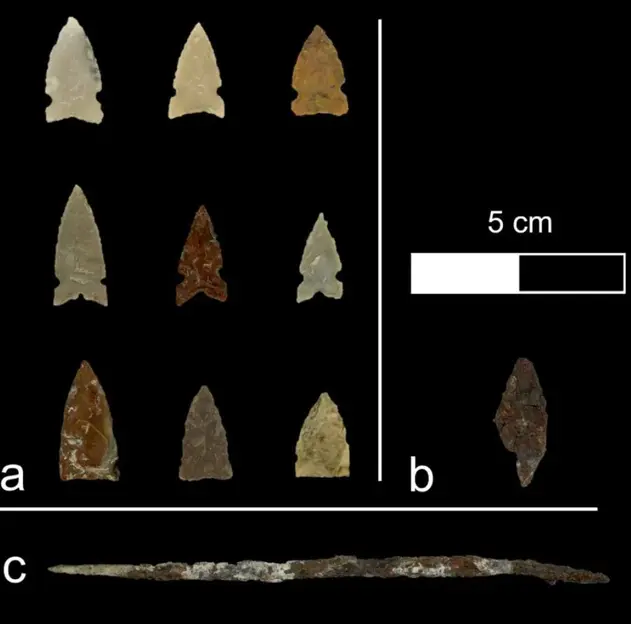
New findings at Wyoming site reveal Native American adornment practices
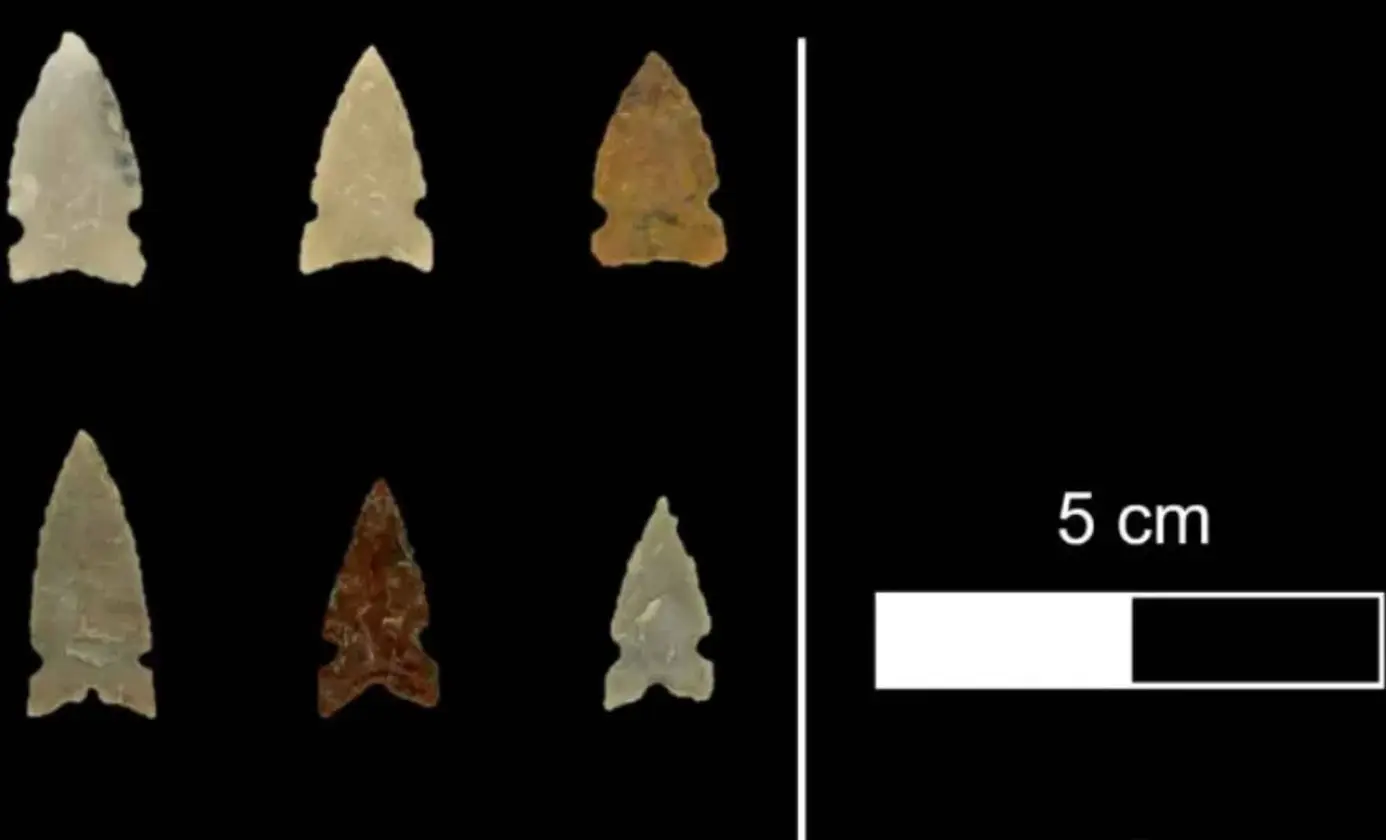
Discoveries at River Bend Site Transform Understanding of Native American Cultures

Ancient artifacts reveal Earth's magnetic history

New findings reveal connections between humans and Neanderthals
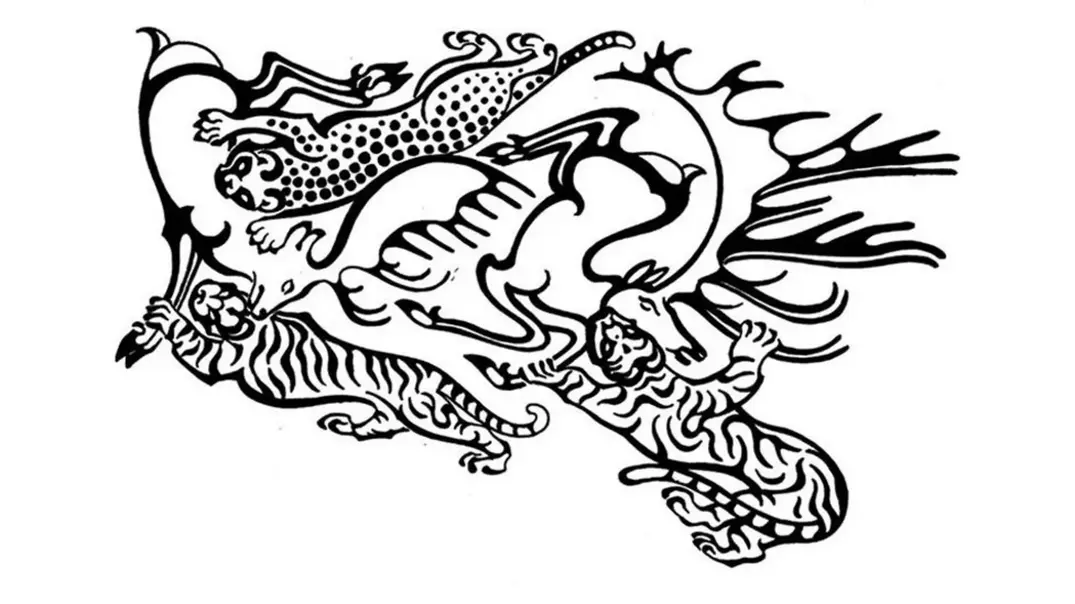
Researchers reveal ancient tattoos of Siberian mummy

Ancient Thai site reveals early betel nut use

Research suggests maggots were part of Neanderthal diets
